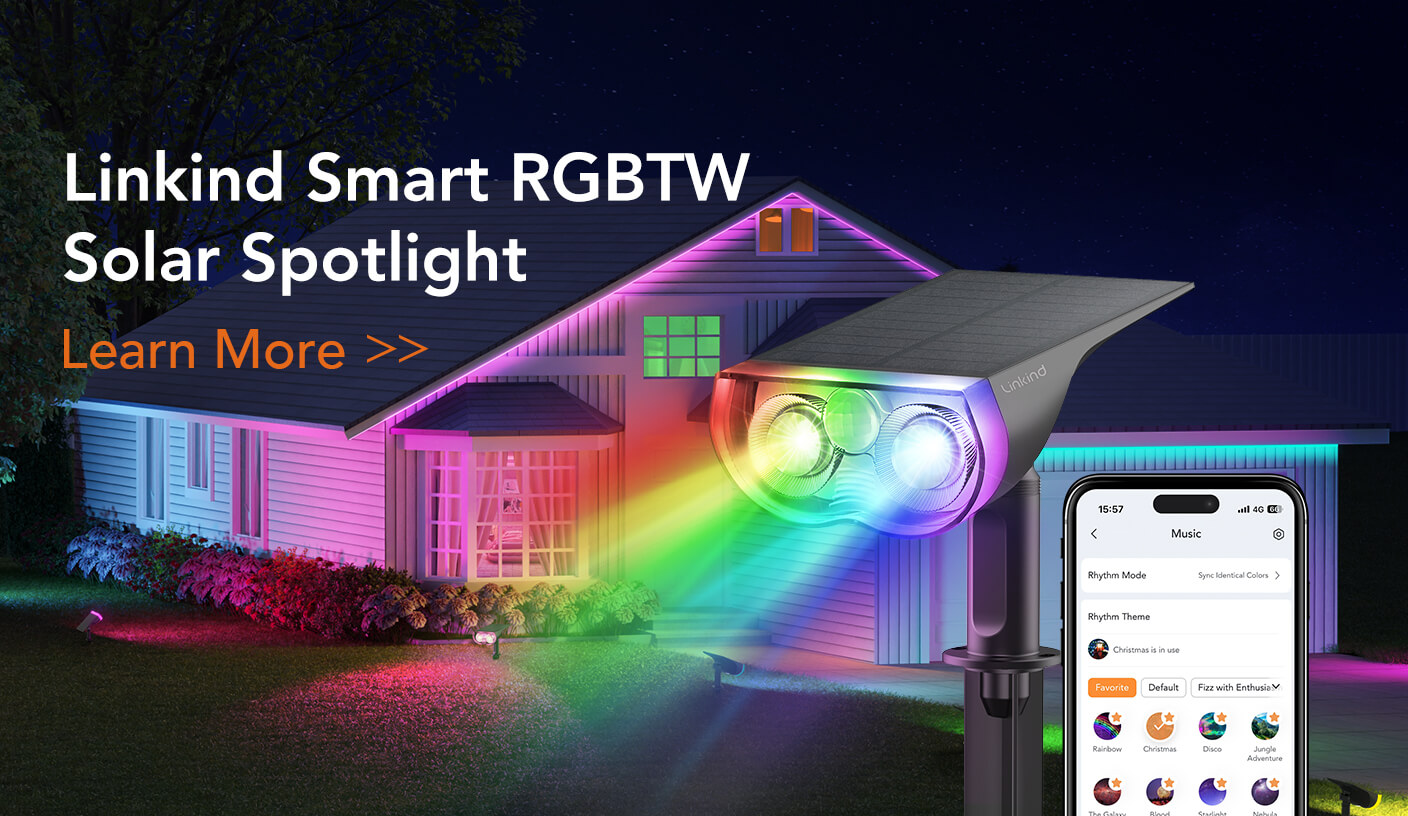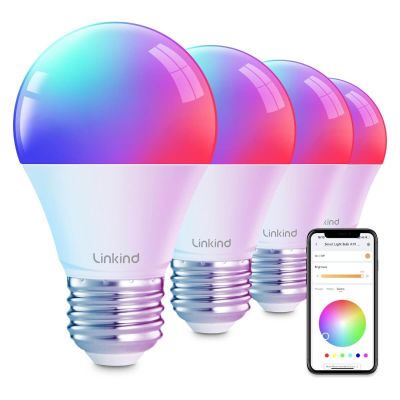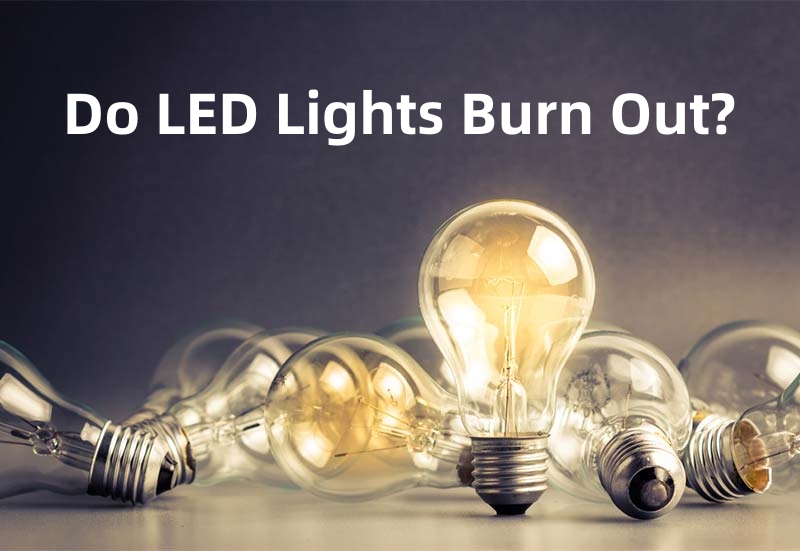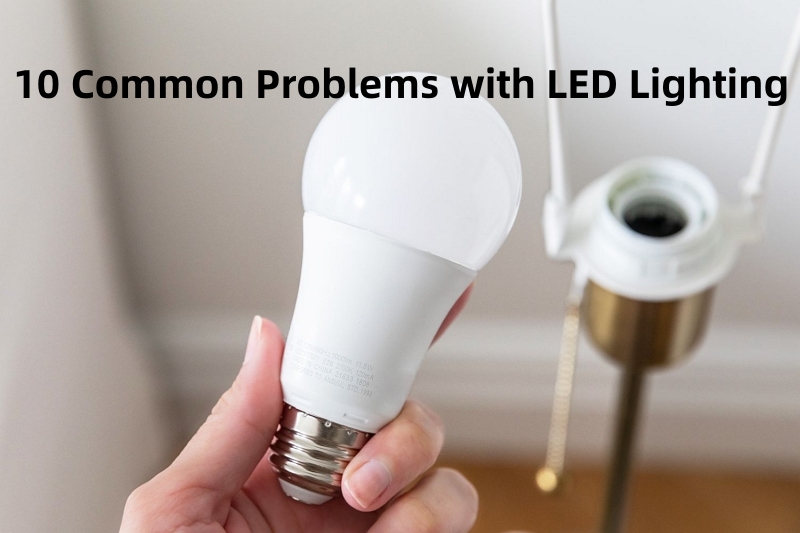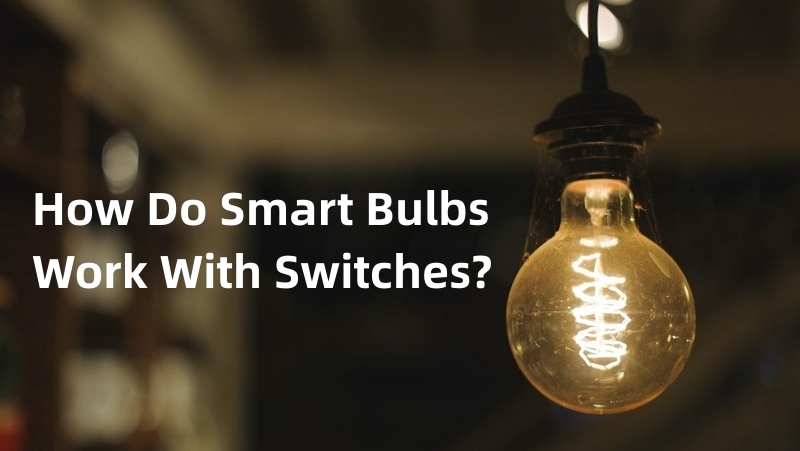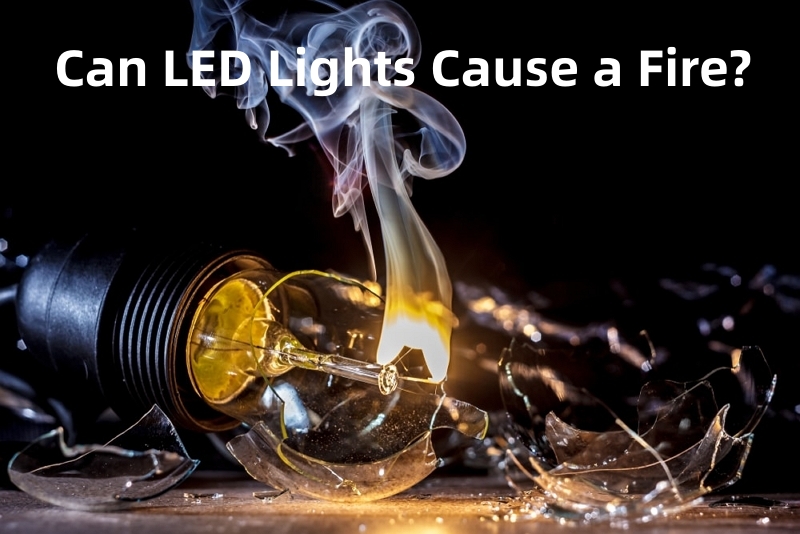Imagine sitting in your cozy living room, trying to enjoy a movie night with your loved ones, when the lights start flickering. Annoying, right? Light flickering issues are not only frustrating but can also disrupt the ambiance of any space. Whether in your home, office, or any other setting, dealing with flickering lights can be a headache.
But fear not! This article will discuss everything about light flickering, from its causes to solutions. You'll also learn about the top smart LED light bulb option that helps you eliminate flickering issues forever. So, let's delve into it!
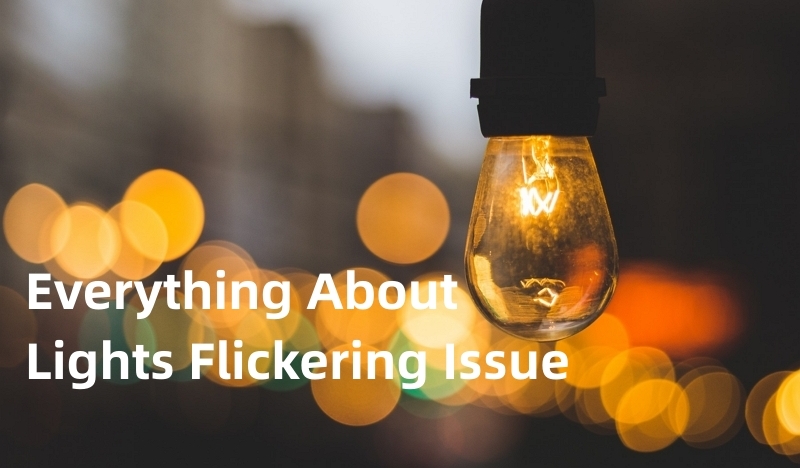

Part 1. What Would Cause a Light to Flicker?
1. Voltage Fluctuations
Voltage fluctuation is one of the most prominent reasons for light flickering. For instance, if the voltage from the power grid is too high or too low, it can cause the lights to flicker. These fluctuations happen when the electrical supply to a building or a specific circuit is inconsistent.
Your normal home voltage should typically be anywhere between 115 to 125 volts in the USA. A flickering light bulb shows your home voltage is either above or below these limits. You can easily measure the voltage by using a device called a voltmeter.
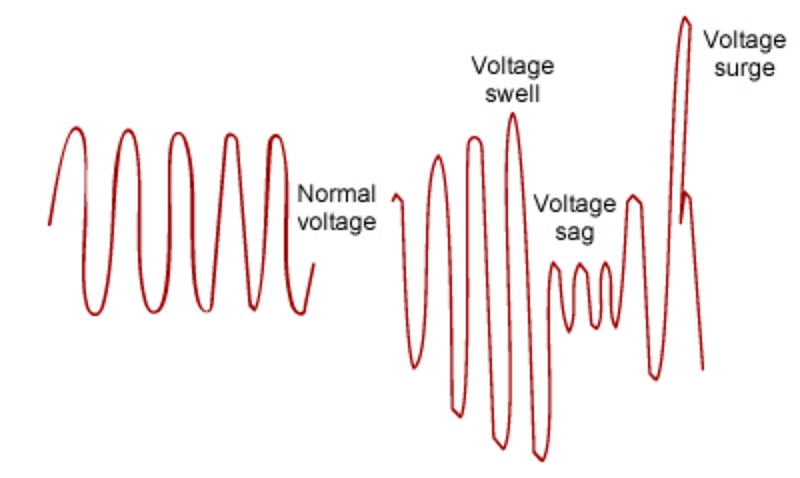

Here are some signs of voltage fluctuations in your home:
- Unexpected dim lighting
- Flickering when you run heavy appliances
- Continuous flickering, even when you've stopped using heavy appliances
- Light bulbs getting damaged more often
2. Poor-Quality Bulbs
It may surprise you, but light bulbs' quality can also contribute to light flickering. Poor-quality bulbs or bulbs nearing the end of their lifespan may flicker when they are turned. Even bulbs with loose filaments or faulty components can also cause flickering. So, it's essential to use high-quality bulbs and replace any damaged or worn-out ones to avoid this issue.
3. Incompatible Dimmer Switches
Dimmer switches - which allow you to control the brightness of the lights - can also be a source of light flickering. It's because some dimmer switches are incompatible with certain light bulbs. For instance, flickering LED bulbs mean you are using an incompatible dimmer switch with the bulb.
Incompatible dimmer switches can cause the bulbs to receive inconsistent voltage, leading to flickering. Hence, it's best to use dimmer switches specifically designed for the bulbs you have to mitigate this issue.
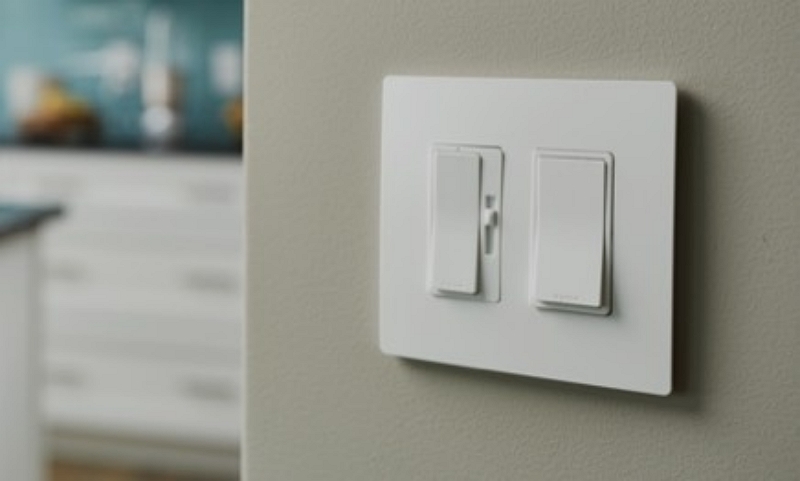

4. Loose Electrical Connections
Loose electrical connections in the lighting system's wiring can also cause flickering. When the connections between the wires and the light fixtures are not properly secured, it can lead to interruptions in the electrical current. This can result in lights flickering, and if not fixed on time, it can even cause severe issues like house fires.
According to the National Fire Protection Association, wiring and related equipment caused 6 percent of all home fires. You can easily resolve this issue by tightening loose connections or hiring a qualified electrician to inspect and fix the wiring.
5. Environmental Factors
Many don't notice it, but environmental factors can also contribute to light flickering. For example, fluctuations in the voltage supplied by the power grid due to weather-related issues like lightning strikes or tree branches interfering with power lines can cause lights to flicker.
Power outages or surges can also lead to temporary light flickering in your home, adding to your annoyance! There's not much you can do about these environmental issues, but you can use surge protectors and UPS as a backup.
Part 2. Should I Worry About Flickering Lights?
It doesn't matter how minor the light flickering issue is; you should never ignore it. Some flickering issues are hazardous and can cause severe damage, while some can be easily fixed by determining the cause and eliminating it. For instance, if your bulb isn't properly fitted or incompatible with the dimmer switch, you can solve the matter by changing the bulb or buying a compatible one.
But if the flickering is due to loose electrical connections or wiring, it can be a serious fire risk. So, it's always suggested never to let any flickering issue unattended. Call a professional electrician, identify the root cause, and get it fixed as soon as possible!
Part 3. How Do You Fix a Flickering Light?
1. Check Your Bulbs and Electrical Connections
Step 1: Before working on any electrical components, always turn off the power from the circuit breaker to the affected light circuit or remove the fuse.
Step 2: Ensure the bulbs are tightly screwed and properly seated in the socket. If any of the bulbs aren't perfectly fitted, it can be the reason for your home's light flickering.
Step 3: Inspect the connections in the light fixture, including wires, sockets, and switches. If any loose or corroded connections, tighten or clean them as needed.
Don't perform any electrical task if you don't have the skills, as you may end up with some injury. It's good to consult a professional electrician and let them handle it for you!
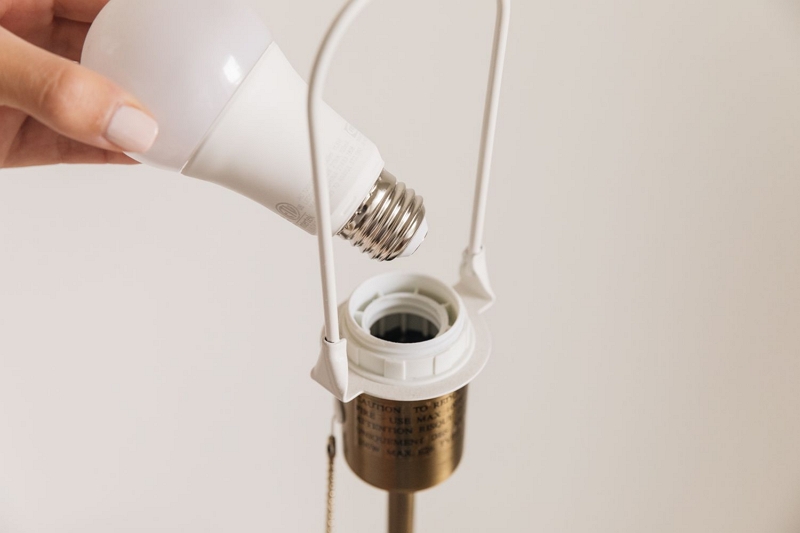

2. Keep an Eye on Voltage Issues
If all the lights in your home are flickering, the reason behind this can be inconsistent voltage supply. Here's how you can fix it:
Step 1: Use a voltmeter to check the circuit's voltage that powers the flickering light. If the voltage is very high or very low, it can cause flickering.
Step 2: If the voltage is outside the normal range, contact a licensed electrician to inspect and repair any issues with your electrical system.
3. Replace All Faulty Bulbs
If you have multiple bulbs in the fixture and only one of them is flickering, the bulb is likely faulty. Replace the flickering bulb with a new one of the same type and wattage. Ensure to follow the manufacturer's instructions for installation.
Part 4. Pick a Premium LED Light Right Now!
If you have replaced your dimmer switch and the flickering issue persists, you can go towards other solutions, such as using smart light bulbs. These bulbs use wireless technology and allow you to control your home's lighting anywhere, anytime. What's more, with smart light bulbs, you don't need a dimmer switch, which greatly reduces the chance of light flickering.
The AiDot Smart Flood Light Bulb is the best smart light bulb that allows you to customize your lighting experience like never before! With more than 16 million colors, you can create vibrant and dynamic lighting effects that match your mood and style. A convenient group control feature enables you to manage multiple LED bulbs from anywhere using the AiDot app.
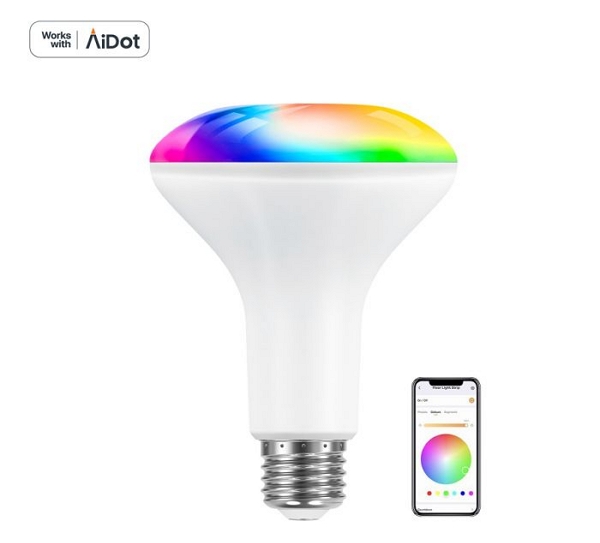

- Dimmable and bright white light options (1800k-6500k)
- Beautiful lighting effects that sync with the music's rhythm
- Customizable lighting with over 16 million colors and various lighting effects
- Personalized routine setting to turn on/off lights automatically every day to perfectly suit your lifestyle
- Convenient remote control via the user-friendly AiDot App
- Smart voice control via Alexa and Google Assistant
[Bonus Now]: Here is an exclusive coupon code only found in blog posts. Save it now (AiDotBG01) and get 10% off at AiDot mall!
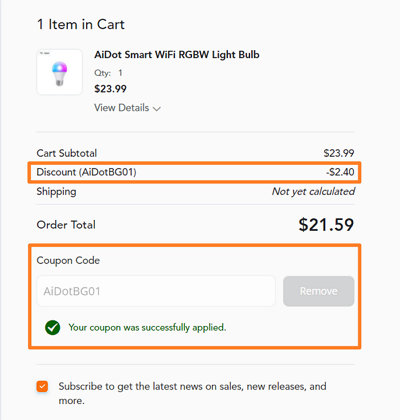

Conclusion
Light flickering can be annoying, pose electrical hazards, damage appliances, and increase energy consumption. Their causes vary from voltage fluctuations, loose connections, faulty light bulbs or fixtures, incompatible dimmer switches, etc. One of the best solutions to light flickering is AiDot Smart Flood Light Bulb, which is smart enough to avoid common problems with LED lights, making it a reliable choice for home and office.













